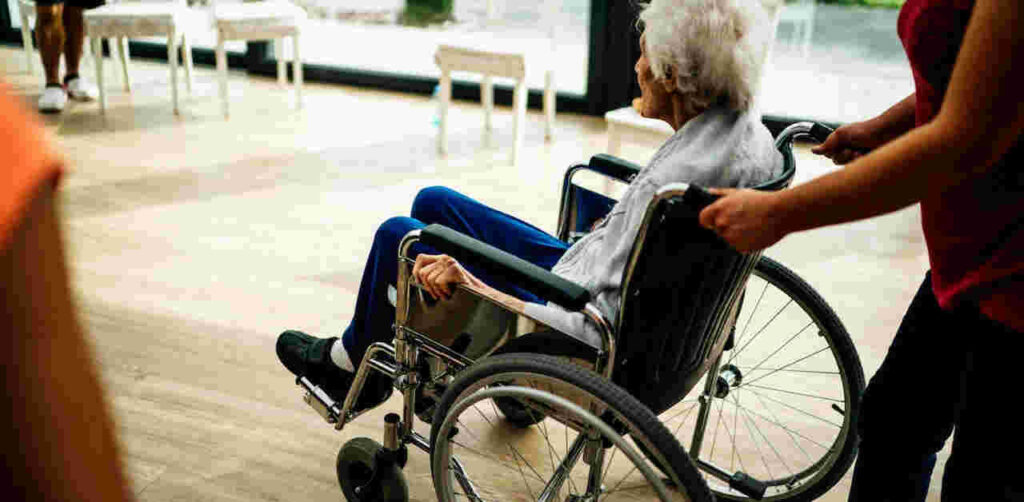Published by: Medicare Rights Center
The Centers for Medicare & Medicaid Services (CMS) announced this week that it will cover seat elevation technology in Medicare-covered power wheelchairs as durable medical equipment (DME). Effective immediately, both Original Medicare and Medicare Advantage will cover seat elevation for those who need it to perform activities of daily living in the home. This landmark decision meaningfully expands Medicare coverage and appropriately prioritizes enrollee independence and quality of life.
Despite the clear need many power wheelchair users have for technology that helps them safely transfer to and from the wheelchair and to better reach items and surfaces without joint or muscle strain, Medicare generally considered seat elevation in power wheelchairs to be a “mere accessory.” This categorization prevented coverage and downplayed the importance of features that help people maintain well-being, physical health, and community living.
Last year, CMS announced that it was considering updating this policy. The agency proposed allowing Medicare to cover seat elevation for some power wheelchair users as DME. This began a series of comment opportunities where beneficiaries and advocates, including Medicare Rights, applauded this proposal, explained the need for seat elevation, and urged CMS to cover seat elevation for all power wheelchair users, not just the proposed subset.
In the final policy, CMS agreed to expand coverage to additional groups, citing the thousands of public comments from wheelchair users, advocates, and other stakeholders. The new coverage will apply when the individual has a specialty evaluation confirming they can use the equipment safely and when they need it for one of three conditions: (1) to perform weight-bearing transfers with or without caregiver assistance and/or the use of assistive equipment; (2) to perform the non-weight bearing transfer to or from the power wheelchair in the home; or (3) to complete one or more mobility-related activities of daily living such as toileting, feeding, dressing, grooming, and bathing in customary locations within the home.
Other individuals, including those who do not use complex rehabilitative power-driven wheelchairs, may be able to gain coverage on a case-by-case basis. Future reforms could further improve access—CMS has indicated that it is also considering covering power wheelchair standing systems as DME.
